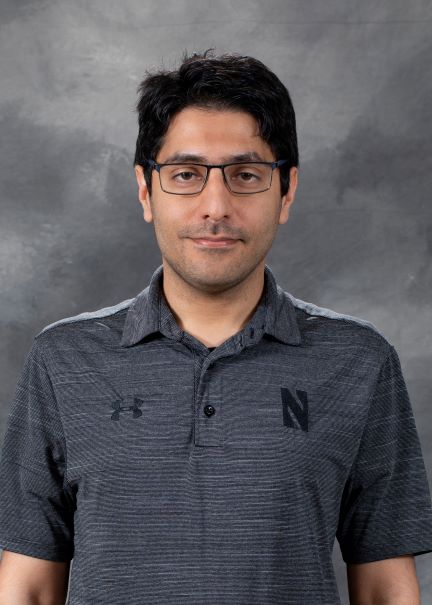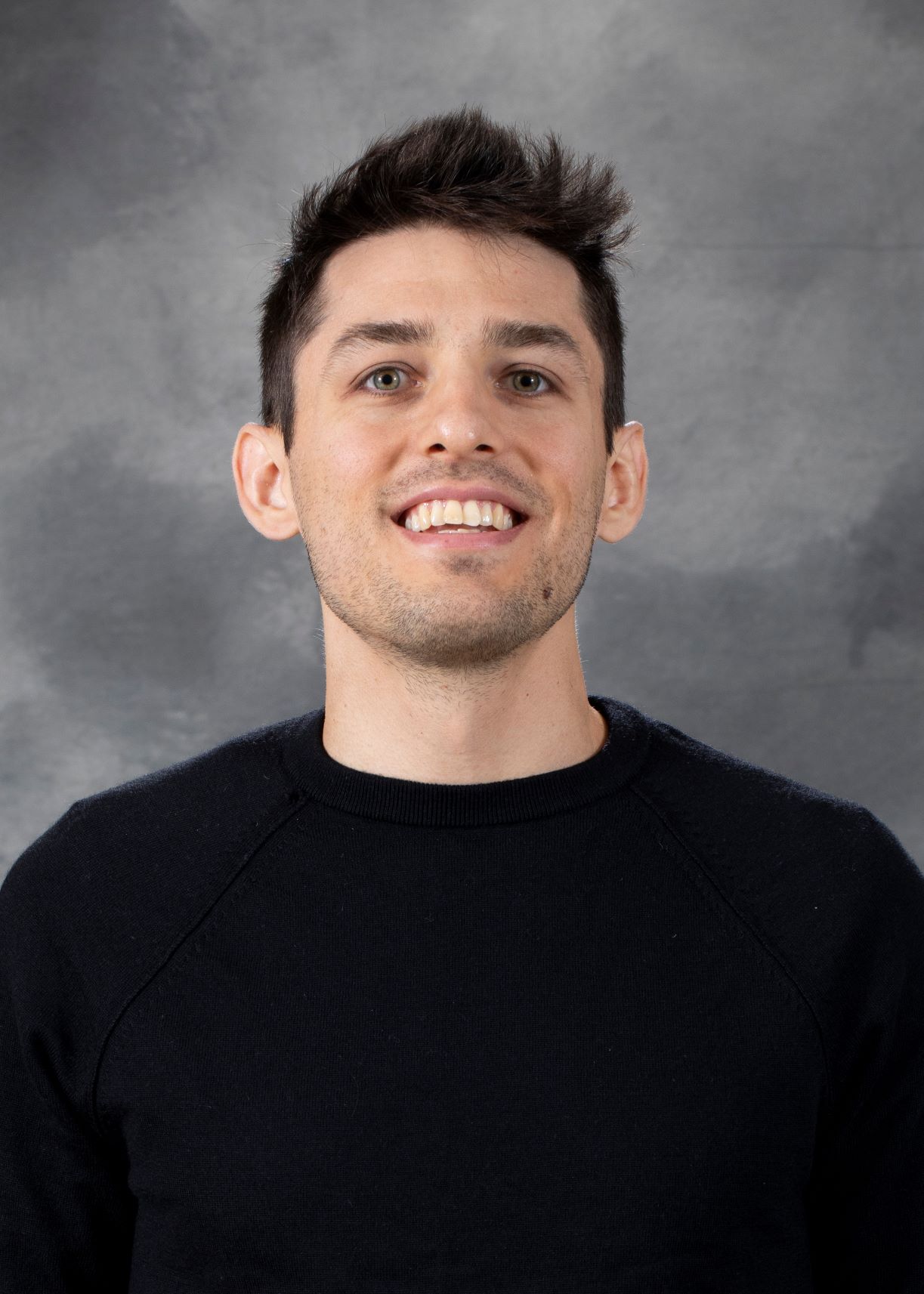Professors' research published in Inventiones Mathematicae
03-01-2023
Sam Nariman and Matthew Novack, both Assistant Professors in Purdue's Department of Mathematics, each had a paper accepted recently in the journal “Inventiones Mathematicae," widely regarded as one of the top 5 among hundreds of mathematics journals."
- Bounded and unbounded cohomology of homeomorphism and diffeomorphism groups was co-authored by Nariman and published 06 February 2023. Nariman obtained his PhD. at Stanford University in 2015. Before joining Purdue in 2020 he was at Münster University in Germany, Northwestern University, and University of Copenhagen. He just received the prestigious NSF CAREER award.
- An intermittent Onsager theorem is co-authored by Novack and published 26 February 2023. Novack received his PhD in 2019 at the University of Texas at Austin. Prior to joining Purdue in 2022 he was a Courant Instructor and Joseph B. Keller Postdoctoral Fellow at the Courant Institute of Mathematical Sciences, a Della Pietra Endowed Postdoctoral Fellow at MSRI, and a member of the Institute for Advanced Study.
In addition to these two papers by Purdue assistant professors, an article by associate professor Linquan Ma, Lim Ulrich sequences and Lech’s conjecture was published in the 11 August 2022 issue of the same journal.
Nariman and Novack each provide some context and commentary about their work, below.
Sam Nariman describes the research for the mathematics community:

“In this joint work with Nicolas Monod, we found a non-constructive solution to a problem posed by Etienne Ghys in the 80s about the Euler class. Historically Milnor was inspired by Benzecri’s theorem which says that if a closed surface admits an affine structure, then its Euler characteristic must be zero. In 1957, Milnor generalized his theorem and showed that if an oriented plane bundle over a surface admits a flat structure, its Euler class should be bounded in terms of the genus of the surface. Sullivan in 1976 generalized this statement to oriented even-dimensional vector bundles over even-dimensional manifolds and Gromov in 1982 further generalized it to all invariants of such vector bundles and not just the Euler class. In this context, going from vector bundles to manifold bundles is similar to going from finite-dimensional Lie groups to infinite-dimensional topological groups of homeomorphisms of the fiber. In 1971 Wood, generalized Milnor’s theorem to the case of circle bundles by studying one-dimensional dynamics on the circle. And in the 80s, Ghys asked whether one can generalize Wood’s theorem to higher dimensions, particularly to S3-bundles over 4-manifolds. We found a non-constructive proof to show that the Euler class of such bundles cannot be bounded. So, the situation is still mysterious until one could build examples and we were lucky to find existence proof without having much insight into the world of 4-manifolds and dynamics on S3.”
Tossing coins to understand spheres provides an explanation of Nariman and Monod’s work for readers outside the mathematics academic community.

Matt Novack talks about his research for the broader scientific community.
“The goal of this research is to contribute to the mathematical theory of turbulence. Turbulent fluids are characterized by chaotic behavior - big swirls, eddies, and vortices cascading down to smaller and smaller swirls, eddies, vortices. There are a few properties of turbulent fluids that are often observed in real-world fluids, or in computer simulations of fluids. The first property is that turbulent fluids are intermittent-- they exhibit rare but extreme bursts of activity. The second property of turbulent fluids is that they dissipate energy-- without any outside influence, the turbulence eventually dies off and the fluid comes to rest. Our work shows that the mathematical equations used to model fluids actually have solutions with these properties!
Turbulence is an important problem in many fields of engineering and science (aircraft and vehicle design, atmospheric dynamics, etc.). Applied and pure research efforts in these fields are very related. Without the knowledge from experiments, we wouldn't know what questions to ask, or how to formulate the answers. Then once the mathematical theory develops enough, it can help people understand the world in a new way.”